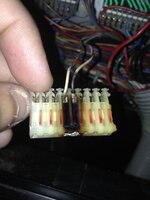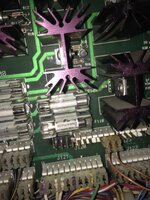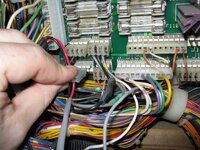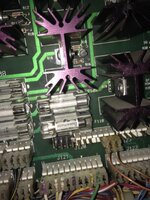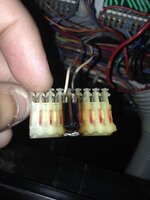Jonathan,
All the parts you need are available from Pinball Mania:
http://www.pinballmania.co.uk/pcbparts.htm
Under the
0.156" Connectors - IDC section. Whilst getting an insertion tool throw caution to the wind and treat yourself to a whole new connector block!
If you're feeling really adventurous and know which is the hot end of a soldering iron you could really push the boat out and get a whole new row of header pins for the PCB!

Oh, don't forget to ditch the 5A domestic plug fuse and get the correct fuses from Pinball Mania too. I think Andy (
@pinballmania) pretty much does them all. If you're not 100% sure what the correct fuses are double check the manual and shoot Andy an email stating game, board and fuse number and I'm sure he'll be able to advise.
£10-20 well spent on your £2k pinball machine! TOM is a fantastic game - keep it running in tip top condition

Regards,
Peter

